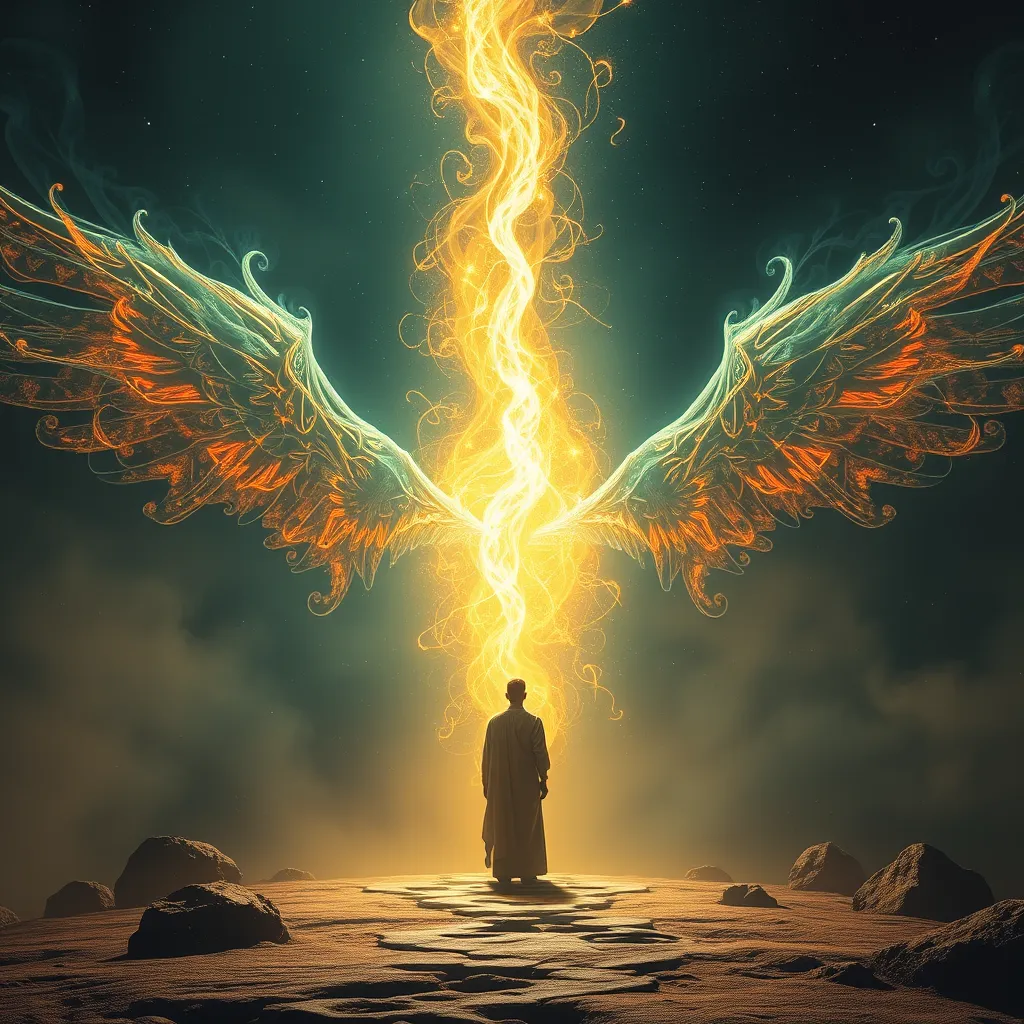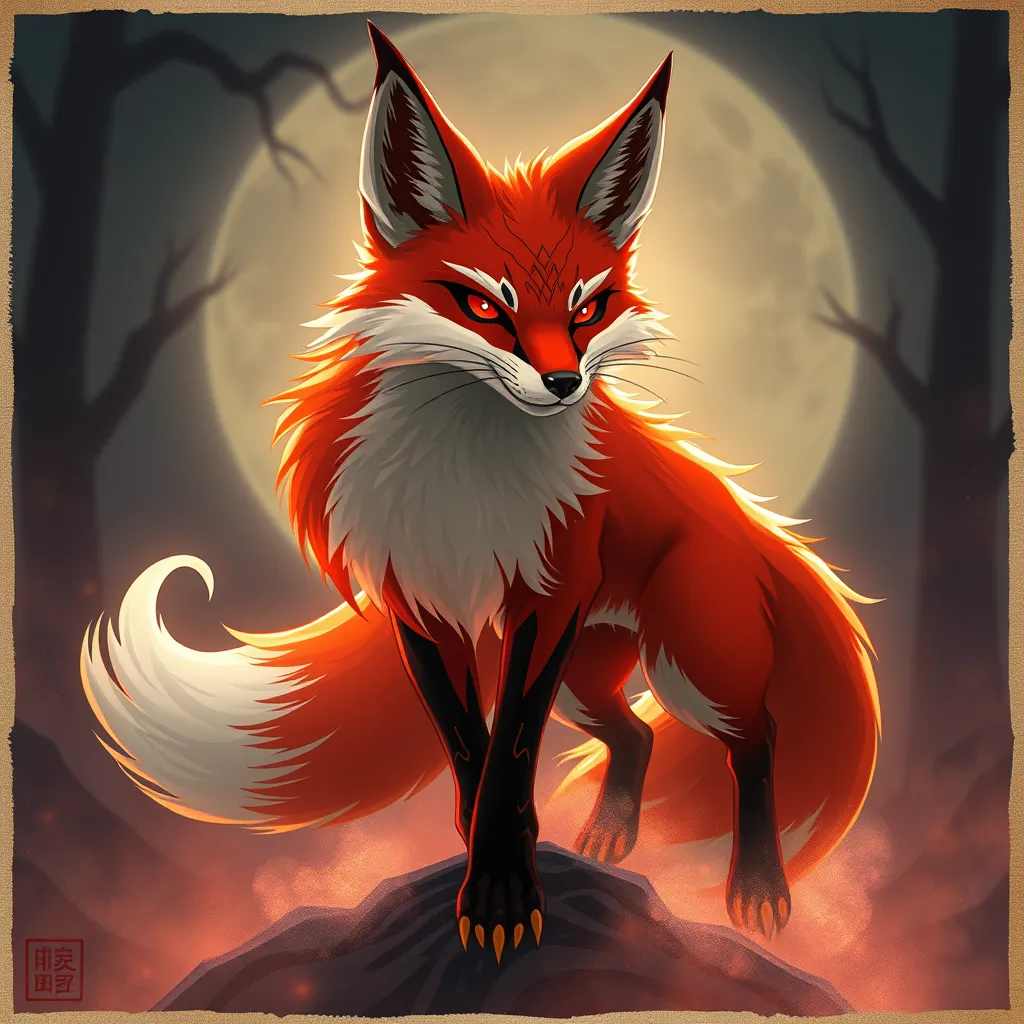Cerberus in Literature: Exploring the Myth’s Influence on Modern Fiction and Poetry
I. Introduction
In Greek mythology, Cerberus, the three-headed dog, stands as a formidable guardian of the Underworld, tasked with ensuring that the dead do not escape and the living do not enter without permission. This fearsome creature, often depicted with a serpent for a tail and a fierce demeanor, embodies the boundaries between life and death, safety and danger. The purpose of this article is to explore Cerberus’s influence on contemporary literature and poetry, examining how this ancient myth continues to resonate in modern narratives.
II. The Origins of Cerberus in Mythology
Cerberus is primarily known for his role as the gatekeeper of Hades, the Greek god of the Underworld. His primary duties involve guarding the entrance and preventing the living from interfering with the dead. Cerberus is often described as having three heads, each representing different aspects of life and death.
Key myths involving Cerberus include:
- Hercules’ twelfth labor, where he is tasked with capturing Cerberus and bringing him to the surface.
- Orpheus’s journey to the Underworld, where he charms Cerberus with music to retrieve his wife, Eurydice.
- Virgil’s depiction of Cerberus in the “Aeneid,” where he guards the gates of the Underworld with ferocity.
Symbolically, Cerberus represents the fear of death and the unknown, as well as the protection of sacred spaces. In ancient Greek culture, he serves as a reminder of the inevitability of death and the importance of respecting the boundaries between the living and the dead.
III. Cerberus in Classical Literature
Cerberus appears in various classical texts, most notably in the works of ancient authors such as Homer and Virgil. In Homer’s “Odyssey,” Cerberus is mentioned as a fearsome creature encountered by heroes during their journeys to the Underworld. Virgil’s “Aeneid” presents a more elaborate portrayal, where Cerberus is depicted as a grotesque guardian, adding depth to the narrative surrounding the afterlife.
The significance of Cerberus in these texts lies in his representation of obstacles that heroes must overcome to achieve their goals. As the guardian of the underworld, Cerberus symbolizes the trials and tribulations faced by individuals confronting their fears.
Over time, the depiction of Cerberus has evolved. Initially portrayed as a monstrous villain, he later took on more complex roles, embodying both protector and threat, reflecting the duality of existence itself.
IV. Cerberus as a Metaphor in Modern Fiction
In contemporary literature, Cerberus often serves as a metaphor for various themes, including protection, fear, and the duality of nature. Authors utilize Cerberus to explore the complexities of human experience, drawing parallels between the myth and modern societal challenges.
Notable modern works that feature Cerberus include:
- “The Sandman” series by Neil Gaiman: Here, Cerberus is portrayed as a guardian of dreams, blending the myth with psychological themes.
- “The Inferno” by Dante Alighieri: While not contemporary, its influence persists, as Cerberus represents gluttony, furthering the moral narrative of sin and punishment.
- “The Last Guardian” video game: Cerberus is reimagined as a companion creature, exploring themes of loyalty and sacrifice.
Through these narratives, Cerberus embodies the protective nature of guardianship while also representing the fears and anxieties that accompany it, making him a versatile figure in modern storytelling.
V. Cerberus in Poetry: Guardians and Monsters
Poets have long been captivated by the figure of Cerberus, using him as a symbol to convey various emotions and themes. His representation in poetry often oscillates between that of a monstrous guardian and a tragic figure.
Notable poetic representations include:
- H.D.’s “Cerberus”: This poem explores themes of loss and longing, portraying Cerberus not just as a monster but as a guardian of memory.
- Robert Lowell’s “For the Union Dead”: Cerberus serves as a metaphor for the struggles of the past, intertwining history with personal grief.
- Anne Carson’s “Autobiography of Red”: The myth of Cerberus is reinterpreted to explore themes of identity and transformation.
Through these works, poets evoke a spectrum of emotions, from fear to nostalgia, illustrating how Cerberus continues to inspire profound reflections on existence.
VI. The Impact of Cerberus on Popular Culture
Beyond literature and poetry, Cerberus has found a significant place in popular culture. He appears in various mediums, including films, video games, and graphic novels, often reinterpreted to fit new narratives.
Examples of Cerberus’s impact on popular culture include:
- Films</: In movies like "Harry Potter and the Sorcerer's Stone," Cerberus is depicted as a guardian of a treasure, introducing audiences to the myth in an accessible way.
- Video Games: Titles like “God of War” and “Hades” feature Cerberus, blending action with mythological storytelling.
- Graphic Novels: In works like “Saga,” Cerberus’s imagery is used to explore themes of love and loss in fantastical settings.
These adaptations demonstrate the continued relevance of Cerberus, as he is reimagined to reflect modern sensibilities while retaining his mythological roots.
VII. Comparative Analysis: Cerberus and Other Mythical Creatures
Cerberus shares similarities and differences with other mythological guardians, such as Charon, the ferryman of the dead, and Fenrir, the monstrous wolf from Norse mythology.
Similarities include:
- All serve as guardians of the afterlife, embodying the themes of protection and fear.
- Each creature represents the struggles of humanity against inevitable fate.
However, differences also exist:
- Cerberus is often depicted as a passive guardian, while Fenrir represents active destruction and chaos.
- Charon serves a more neutral role, guiding souls rather than guarding them.
The exploration of these figures highlights universal themes of guardianship and the afterlife, suggesting a cross-cultural understanding of death and its mysteries.
VIII. Conclusion
Cerberus’s enduring legacy in literature and poetry illustrates the powerful influence of mythology on contemporary narratives. This three-headed guardian continues to inspire authors and poets alike, serving as a complex symbol of protection, fear, and the human condition.
The significance of myth in shaping modern storytelling cannot be overstated, as it provides a rich tapestry of themes and archetypes that resonate with audiences today. As we move forward, the study of mythological influences in contemporary art will undoubtedly reveal new interpretations and insights, ensuring that figures like Cerberus remain relevant in our cultural consciousness.



